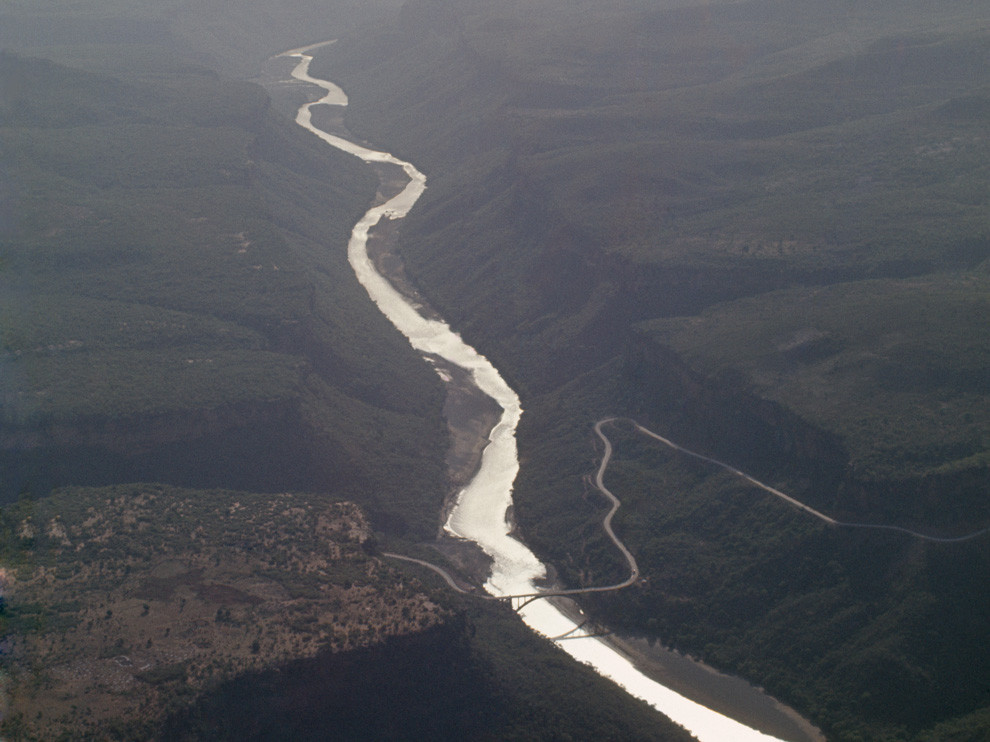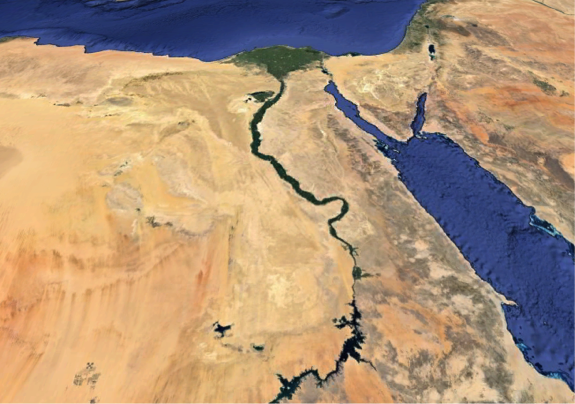While it may seem like a simple question what the source of the Nile River is, the origin of the longest river in the world is a question that people have been searching for an answer for thousands of years. Even today, with capable satellites and geophysical know-how, the romantic enigma of the Nile’s origin is still not fully resolved.
The simplest answer is that the Nile River has two main sources: the Blue Nile from Ethiopia, which accounts for two-thirds of the entire Nile load, and also the White Nile from the African Great Lakes and beyond. However, if we go back a few steps in history, we see that things get a little more complicated.
The ancient Romans had the Latin word “Nili caput quaerere” meaning “to seek the head of the Nile”. The word was used to describe a frantic effort for an unattainable or impossible goal.
Emperor Nero searches for the source of the Nile
Not fond of retreating in the face of difficulties, the Romans sought to locate the source of the Nile in a mission initiated by emperor Nero in 60 to 61 AD. A small group of the emperor’s personal guards sailed across the Nile into the unknown with the help of Ethiopian guides.

It is unclear where they ended their search, although they are said to have reached an important body of water that they believe to be the source. Some say they reached the gorge near Juba in what is now South Sudan, while others believe they reached further south around Murchison Falls in Uganda.
In both cases, they did not achieve the result they were looking for. Nero died by suicide in 68 AD, and the pursuit apparently was largely wiped out after it was decided that there was no possibility of invading Africa beyond Roman Egypt.
The Egyptians also sought the source of the Nile
Before the Romans, the Ancient Egyptians were also trying to find the source of the Nile. The Nile was one of the most important natural assets of Ancient Egyptian civilization, including feeding the civilization’s land and serving as a transportation route.
They are believed to have followed the Nile to Khartoum in Sudan and determined that its source was the Blue Nile from Lake Tana in Ethiopia. An expedition ordered by Pharaoh Ptolemy II Philadelphus, who ruled Egypt in the 3rd century BC, reportedly determined that the source of the Blue Nile could originate from the Ethiopian mountains. Blue Nile thoughts were on the right track, but there is no evidence that the ancient Egyptians discovered the White Nile, the other important piece of this enigma.
What is the true source of the Nile River?
Today, there is a general consensus that the Nile has two sources: the Blue Nile and the White Nile, which meet in the Sudanese capital of Khartoum before continuing north towards Egypt. The Blue Nile emerges from Ethiopia’s Lake Tana from the east, while the White Nile originates around Lake Victoria, which originates from Jinja in Uganda.

For this reason, Lake Victoria, Africa’s largest lake by area, is often considered the source of the Nile. But even this is more complicated than it might seem at first glance. Famous adventurer Sir Christopher Ondaatje, writing in the journal Geographical in 2016, stated that Lake Victoria itself is a reservoir fed by other rivers.
In 1996, Ondaatje went on an expedition in Africa to find the source of the Nile and found that the waters of Lake Victoria were flowing into Lake Albert. The White Nile does not flow directly from Lake Albert, but from the Kagera River and Semliki River, which originate in the Ruwenzori Mountains in the Democratic Republic of Congo. So he argues that the White Nile can be traced directly to the Kagera River and the Semliki River. “Ruwenzoris is as important a source of Nile water as Lake Victoria,” he writes.
As a result, it can be clearly seen that the Nile River does not have a single source and is fed by a complex system of rivers and other water bodies. But even today, no one can fully explain these sources.